Why Multi-Tenancy Is a Must-Know for SaaS Founders
If you’re a SaaS founder or product manager planning to launch, scale, or re-architect your product, one of the most important decisions you’ll make is choosing the right architecture. Multi-tenancy is not just a technical buzzword; it’s the foundation upon which some of the most successful software platforms are built. Understanding what is multi-tenancy, when to use it, and how to implement it can save you thousands in infrastructure costs, cut development time in half, and make your product more competitive.
In this comprehensive guide, we’ll explore the concept of multi-tenancy through the lens of real SaaS challenges and opportunities. Whether you’re an early-stage founder validating your MVP or a product leader trying to scale efficiently, this blog will help you understand the role multi-tenancy plays in building scalable, cost-effective, and customizable software solutions. It’s also essential to understand what is multi-tenancy, especially when evaluating architectural options for long-term growth.
What is Multi-Tenancy? (And Why It’s Not Just a Developer’s Problem)
Multi-tenancy refers to a software architecture where a single instance of an application serves multiple customers, or “tenants.” Each tenant experiences the product as if it’s tailored just for them. While the backend infrastructure and codebase are shared, each customer’s data, preferences, and configurations are completely isolated.
This approach is different from single-tenancy, where each tenant has a dedicated software instance running on its own set of resources. Multi-tenancy allows companies to maximize efficiency by consolidating infrastructure while still delivering personalized experiences.
Let’s visualize it with an analogy. Imagine an apartment complex. The building has one set of plumbing, security, electricity, and amenities. Yet, each resident lives in their own private space with their own key, furniture, and decor. That’s multi-tenancy. Everyone shares the underlying structure, but experiences are isolated and private.
From a technical standpoint, multi-tenancy involves:
- One application codebase
- One or more shared databases
- Tenant-aware logic for security, access control, and configuration
For business leaders, it’s a model that supports rapid scaling, unified feature deployment, and significant operational savings. Implementing a well-structured multi-tenant system ensures these benefits are realized at scale.
The Business Case for Multi-Tenancy
As a product leader, your primary goal is to build something that scales, both in terms of user base and profitability. Multi-tenancy helps you do just that. Here’s how it translates into real business value:
- Lower Infrastructure Costs
Running isolated environments for every customer can get expensive quickly. Each instance requires separate compute resources, storage, security configurations, and monitoring. With multi-tenancy, infrastructure is shared. This means lower cloud bills, more efficient server utilization, and less overhead for operations and support teams. This is particularly important in building a cost-efficient multi-tenant system.
If you’re managing real estate operations, cost-efficiency is even more critical. Our blog, Property Management Systems (PMS): RealPage vs. Yardi – Which One is Right for You? compares two industry-leading platforms and helps you understand where multi-tenancy architecture plays a role in optimizing resources.
- Unified Maintenance and DevOps
Multi-tenancy simplifies your deployment pipeline. You don’t need to patch dozens of environments when releasing a new feature or bug fix. A single update is applied to the shared application and instantly available to all tenants. This translates into shorter development cycles, fewer errors, and reduced DevOps complexity.
- Faster Time to Market
With fewer variations in environment and code, your engineering team can focus on innovation instead of upkeep. You can iterate faster, push new features more confidently, and experiment with A/B testing across all users. For multi-tenancy for SaaS startups, this can be the differentiator that drives early momentum.
- Flexible Revenue Models
Multi-tenancy supports tiered pricing models, freemium, professional, and enterprise tiers, each with access to different features and support levels. You can easily enable or disable modules, manage user permissions, and customize workflows based on subscription level. Building a multi-tenant system also ensures these offerings don’t bloat your codebase unnecessarily.
- Centralized Analytics and Insights
Because all tenant data flows through a shared application, you get a unified view of performance, feature usage, and customer behavior. These insights are invaluable for making data-driven product decisions, improving support, and identifying opportunities for upselling. This is why understanding what is multi-tenancy can be essential to leveraging this data model effectively.
In short, multi-tenancy doesn’t just make your product more efficient; it makes your business more agile, responsive, and scalable.
Real-World Examples of Multi-Tenancy in Action
The biggest names in SaaS rely on multi-tenancy to deliver personalized experiences to millions of users while maintaining operational efficiency.
- Salesforce: Every customer uses the same Salesforce platform, but their CRM dashboards, workflows, and reports are uniquely configured. Multi-tenancy allows Salesforce to maintain one platform that’s flexible enough for startups and enterprises alike.
- Shopify: Thousands of merchants run unique eCommerce storefronts on Shopify. Despite the surface-level customization, the underlying technology is shared across all stores. This is what makes Shopify so agile and cost-effective. They exemplify multi-tenancy for SaaS startups in action
- Google Workspace: Whether you’re a solo freelancer or a global corporation, your Gmail, Drive, and Docs are served from the same Google cloud infrastructure. Each tenant’s data is isolated and secured, yet everyone benefits from the same high-performance system.
- Learning Management Systems (LMS): Schools and enterprises often use LMS platforms like Moodle or TalentLMS. Each organization gets its own branded portal, with unique users and course content, but the system is hosted and maintained as one multi-tenant system.
These examples show that multi-tenancy is a proven model for delivering flexible, secure, and scalable solutions across industries.
Behind the Scenes: How Multi-Tenancy Actually Works
So, how does multi-tenancy work under the hood? While the concept sounds straightforward, the implementation involves thoughtful design decisions in both application logic and infrastructure.
- Tenant Context Layer
Every request a user makes is associated with a tenant ID. This ID helps the application determine what data to retrieve, what features to enable, and what branding to display. The application must ensure that this tenant context is enforced consistently across every layer, backend logic, database queries, frontend behavior, and third-party integrations. A well-structured multi-tenant system helps streamline this process.
- Data Storage Models
Multi-tenant apps usually choose from three data separation approaches:
- Shared database, shared schema: All tenants’ data lives in the same tables. Most efficient but highest risk.
- Shared database, separate schemas: Each tenant has its own schema. Offers better data isolation.
- Separate databases per tenant: Fully isolated and most secure, but increases operational complexity.
Choosing the right model depends on your compliance requirements, data volume, and performance goals.
- Configuration Management
Multi-tenant systems often require per-tenant branding, feature toggles, and integrations. Instead of hardcoding differences, use a configuration service that allows customization through metadata. This reduces the risk of bugs and makes onboarding new tenants faster.
- Feature Flagging and Modular Architecture
Using tools like LaunchDarkly or open-source alternatives, you can dynamically control what features are enabled for each tenant. This enables experiments, gradual rollouts, and subscription-based access control, all without deploying separate codebases. It’s a critical capability for multi-tenancy for SaaS startups looking to iterate quickly.
Challenges of Implementing Multi-Tenancy (And How to Solve Them)
As with any complex architecture, multi-tenancy comes with its own set of challenges. Being aware of them in advance and designing your system to mitigate these issues can save you time, money, and stress.
- Data Security and Isolation
Keeping tenant data separate is the most critical part of multi-tenancy. Even a minor leak between tenants can destroy trust and lead to legal consequences. Strong access controls, tenant-aware queries, and encryption protocols are non-negotiable.
- Performance Bottlenecks
One noisy tenant can affect others. This is often referred to as the “noisy neighbor” problem. Use load balancing, resource throttling, and containerized infrastructure to scale each tenant individually and protect overall system performance. A well-designed multi-tenant system can mitigate this.
- Complex Customization Needs
Tenants often want different features, workflows, or branding. Without a plan, you’ll end up hardcoding variations. Build a flexible configuration engine and use feature flags to allow personalization without code duplication. This is especially true in multi-tenancy for SaaS startups, where client needs evolve quickly.
- Compliance and Regulatory Requirements
GDPR, HIPAA, SOC 2, and other regulations demand strict data handling policies. Multi-tenancy makes this more complex, but not impossible. Ensure proper audit trails, role-based access, encryption at rest and in transit, and compliance reporting per tenant.
For businesses navigating complex regulations like HUD, multi-tenancy can help simplify compliance without increasing overhead. Read more in our blog: ” Navigating the Maze of HUD Compliance: Why Smart Property Management Software Is the Key to Success.”
- Debugging and Monitoring
Troubleshooting issues in a multi-tenant system can be tricky. Use tenant-specific logging and monitoring dashboards that help you identify and resolve issues without affecting others.
When Multi-Tenancy Might Not Be the Best Choice
Although multi-tenancy is powerful, it’s not suitable for every situation. There are scenarios where a single-tenant or hybrid architecture may be a better fit.
When Single-Tenancy Works Better:
- Highly regulated industries: Where customers demand total isolation.
- Custom-built workflows: If every tenant has radically different requirements.
- Internal tools: Where scale is limited and control is paramount.
A Hybrid Model
Some platforms adopt a hybrid strategy, multi-tenant for smaller clients and single-tenant or VPC-deployed instances for enterprise accounts. This allows you to optimize cost while meeting specific client needs, a pattern that’s often seen in multi-tenancy for SaaS startups graduating to the enterprise tier.
How Ariel Software Solutions Helps You Get Multi-Tenancy Right
At Ariel, we specialize in building scalable, secure, and efficient multi-tenant systems for startups and enterprises alike. Our team of architects and developers brings deep experience in designing and deploying multi-tenant systems that are both flexible and future-proof.
We help you with:
- Strategic Planning: Choosing the right tenancy model for your business.
- Architecture Design: Crafting scalable, secure, and maintainable systems.
- Cloud Infrastructure: Using AWS, Azure, or GCP to build resilient hosting.
- DevOps Automation: Enabling continuous deployment and tenant provisioning.
- Compliance Readiness: Ensuring your platform meets global security standards.
With Ariel Software Solutions as your tech partner, you’re not just building an app; you’re building a platform designed to grow.
Final Thoughts: Start Smart, Scale Strong

Multi-tenancy isn’t just about how your app is built; it’s about how your business scales. By investing in the right architecture early, you’ll avoid costly rework, offer a better experience to customers, and stay competitive in a fast-moving market.
To see how the right software architecture can even prevent operational delays and legal hassles in property tech, check out “From Late Rent to Legal Action: How the Best Property Management Software Saves Time & Costs.”
If you’re ready to build a multi-tenant system that delivers on performance, security, and growth potential, Ariel Software Solutions is here to help. Whether you’re exploring what is multi-tenancy or planning to embrace multi-tenancy for SaaS startups, we’re ready to guide you.
Book a free consultation and let’s build something scalable together.
Frequently Asked Questions (FAQs)
1. What is multi-tenancy in SaaS?
Multi-tenancy is a software architecture where one application serves multiple customers (tenants), with each tenant’s data and settings kept separate.
2. How is multi-tenancy different from single-tenancy?
In single-tenancy, each customer gets their software instance. In multi-tenancy, all tenants share the same application but have isolated data and configurations.
3. Why should SaaS startups consider multi-tenancy?
Multi-tenancy reduces infrastructure costs, simplifies updates, and allows faster scaling, making it ideal for SaaS startups looking to grow efficiently.
4. Is multi-tenancy secure?
Yes, when implemented correctly. Data isolation, access controls, and encryption ensure that each tenant’s information stays protected.
5. When is multi-tenancy not the best choice?
Multi-tenancy may not be ideal for highly regulated industries or products requiring complex, client-specific customizations. In such cases, a single-tenant or hybrid model may work better.




